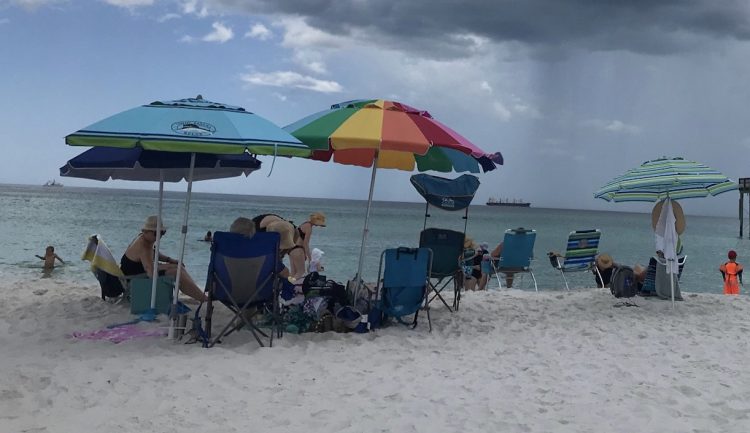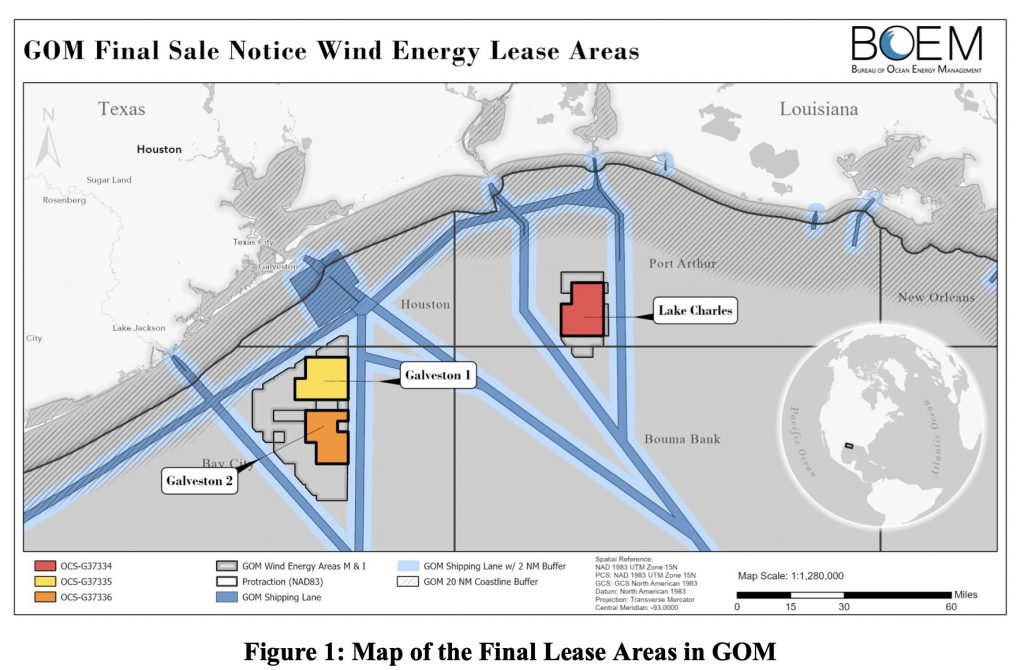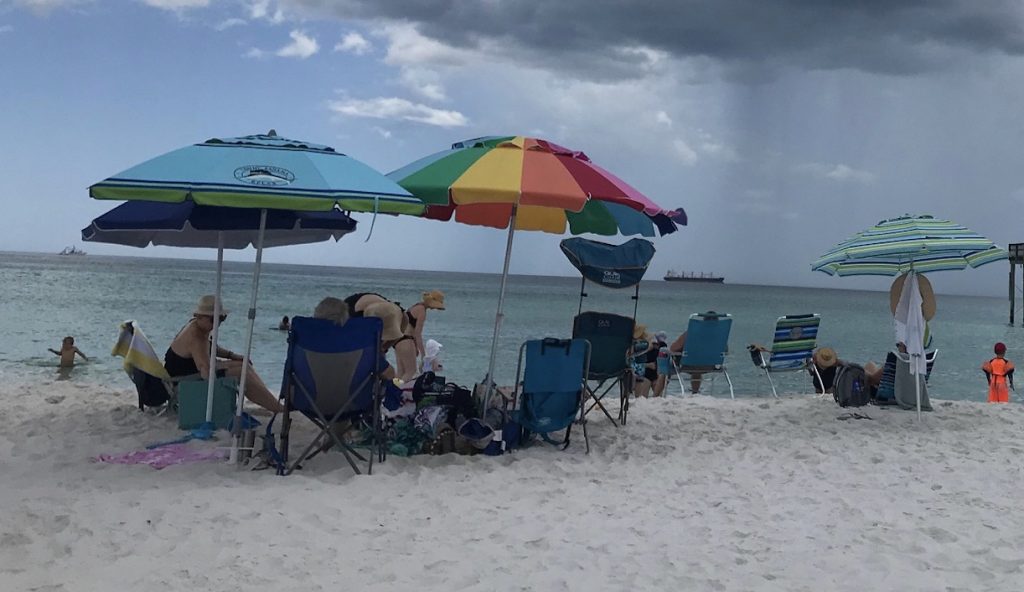Environment
North Atlantic right whales face new peril as numbers stabilizeNovember 3, 2025

By David Pendered
ST. ANDREWS, Fl., Aug. 6 — In the Gulf of Mexico, the Biden administration is fast-tracking offshore wind lease sales even as a federal agency has announced its upcoming study of potential harm offshore wind turbines could cause to wildlife, people and military training missions along the Northeast coast.
The federal Bureau of Ocean Energy Management will hold an offshore wind energy lease on Aug. 29. The final sale notice was announced July 20, following BOEM’s May 30 announcement that its environmental impact study discovered no “findings of no significant impact” on the environment.

The lease covers 301,746 acres in three areas on the Outer Continental Shelf. One site is off Lake Charles, La. and two are off Galveston, Tx. BOEM has posted an overview and history of the project on its website, Gulf of Mexico Activities.
BOEM has fast-tracked this proposed lease by changing its operating practices to align with those BOEM uses to site offshore oil and gas leases, according to a June 6 update by Perkins Coie. The change for the proposed wind turbines in the gulf involves the review of some 30 million acres west of the Mississippi River that could be leased for wind turbines, instead of just the 682,000 acres currently under consideration, the update stated. Perkins Coie staffs its energy practice with more than 100 lawyers.
In a section titled, “BOEM’s Novel EA in the GOM,” with acronyms for Environmental Assessment and Gulf of Mexico, the Perkins Coie update notes:

In the Northeast, the Government Accountability Office announced May 25 it intends to conduct a study into the “potential impacts of offshore wind energy development and associated infrastructure in the North Atlantic Planning Area, including associated infrastructure and vessel traffic. “
GAO agreed to conduct the study at the behest of four Republican members of Congress. Their May 25 letter cites five concerns on topics related to military training missions, air and maritime traffic, commercial fishing, maritime species and the turbines’ resilience to storms.
Hundreds of wind turbines are planned for the region. Clean Ocean Action is among the organizations calling for greater scrutiny of the planned wind farms before the turbines are built. COA has been working nearly 40 years, on behalf of commercial, recreational and other interests, to improve water quality off the New York/New Jersey Bight. COA outlined its purpose in a July 3 letter to BOEM related to a proposed offshore wind turbine project being led by Shell New Energies and a subsidiary of EDF Renewables North America:
One such concern is the heat emitted by cables that transmit electricity from wind mills to the land. Buried cables in the gulf projects are expected to raise temperatures of surrounding sediment by up to 68 degrees. The plan is to bury cables deeply enough “limit potential exposure to substrate heating effects. These factors will be more fully considered in the NEPA analyses conducted for proposed activities when more detailed information is available,” according to a BOEM report.
0